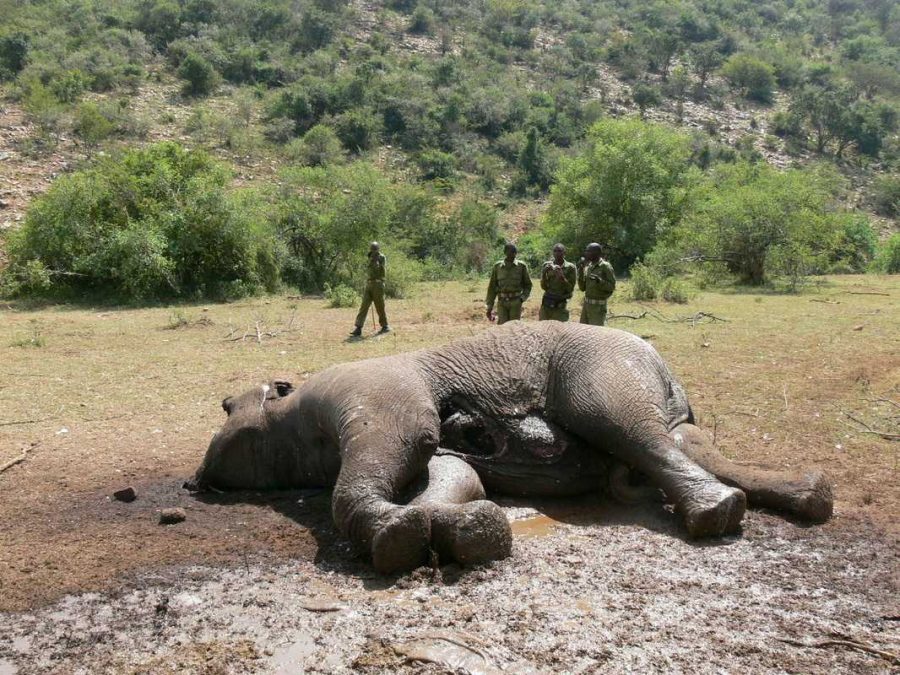The Worst Extinction Crisis in History
March 10, 2017
It is sad to believe, but the truth is that a dangerous amount of the Earth’s species is facing extinction. Due to human destruction, global warming, pollution, and overuse of fossil fuels, many animals are either killed for human profit or are lacking a proper ecosystem to survive in. So far in Earth’s history, five mass extinctions have occurred. Now, we are entering our sixth extinction. To put it in perspective, three-fourths of Earth’s species are facing extinction. This rate of extinction is 100 times higher than normal.
Extinction from Wildlife Crime:
The trade for illegal wildlife parts such as ivory, pangolin scales, and tigers for their skin and bones has become an alarming demand. Although these endangered species are protected by laws, the black market still stands strong. One major problem is that elephants are poached for their tusks. Especially in China, ivory is funded to make jewelry due to its prestige as a precious material. Approximately 100 elephants are killed each day from poachers, leaving scientists to fear that African elephants will be extinct in only 20 years.
In addition to the ivory trade is the black market trade for pangolin scales. Pangolins are scale-covered mammals that are victims especially in Vietnam and China. They are known to roll up in balls when they are scared, and baby pangolins even hang from their mother’s tail. In this upsetting trade, their scales are boiled off and their blood is used to make medicine. While the ivory trade is somewhat widely known, many people are unaware of even the pangolin’s existence; this is one of the reasons why pangolins are so widely trafficked.

Extinction from Environmental Negligence:
Aside from wildlife exploitation, reasons concerning the treatment of our environment are contributing to the extinction crisis. Climate change is one of the biggest factors. Global warming is the rising of the earth’s temperature, due to fossil fuel exhaust and lack of forests to counteract it. Fossil fuels, like oil and coal, are constantly being burned to produce energy; however, this leads to a staggering excess of carbon dioxide trapped in the atmosphere, creating a hotter temperature. Forests help to eliminate carbon dioxide gas; but preventing it is mass deforestation, which also leaves hundreds of organisms without a suitable environment to live in. Karissa Dole (10) adds, “Humans are overtaking [animals’] houses. We should be making sanctuaries to protect the species going extinct.” Chopping forests, burning fossil fuels, and polluting the oceans are all examples of the environmental damage humans are causing.
Despite this gloomy reality, there is hope. If everyone were to live conscientiously and in a “green” manner, boycotting animal products, reducing fossil fuel use, and following the three R’s, this extinction may be delayed. However, this issue is so severe that without global recognition and effort, the sixth mass extinction will be arriving within a short period of time.











































